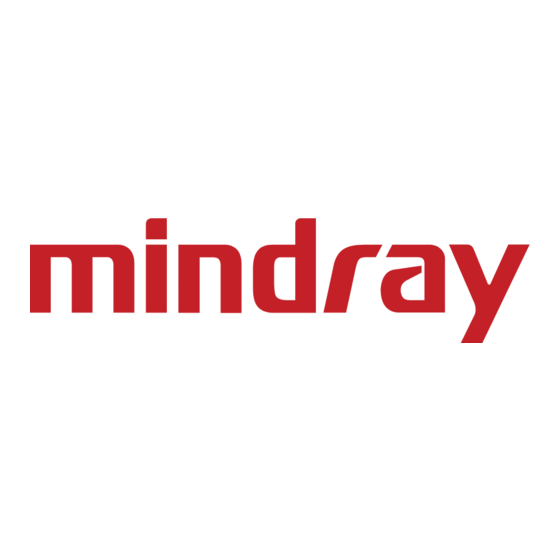
Advertisement
Quick Links
TEX20/TEX20 Pro/TEX20S/TEX20T/
TEX20 Exp/TEX20 Elite/Anesus TEX20
Pro/Eagus TEX20/Eagus TEX20T/Eagus
TEX21/Eagus TEX21T/Eros/TEX10/TEX10
Pro/TEX10S/TEX10T/TEX10 Exp/TEX10
Elite/TE X/TE X Lite/TE X Plus/Anesus
TEX10 Pro/TEX9U/TEX9M/Eagus TEX11/
Eagus TEX11T/Eagus TEX10/Eagus
TEX10T/Eagus TEX/Ares
Diagnostic Ultrasound System
Operator's Manual
[Basic Volume]
Advertisement

















Need help?
Do you have a question about the Eagus TEX21 and is the answer not in the manual?
Questions and answers